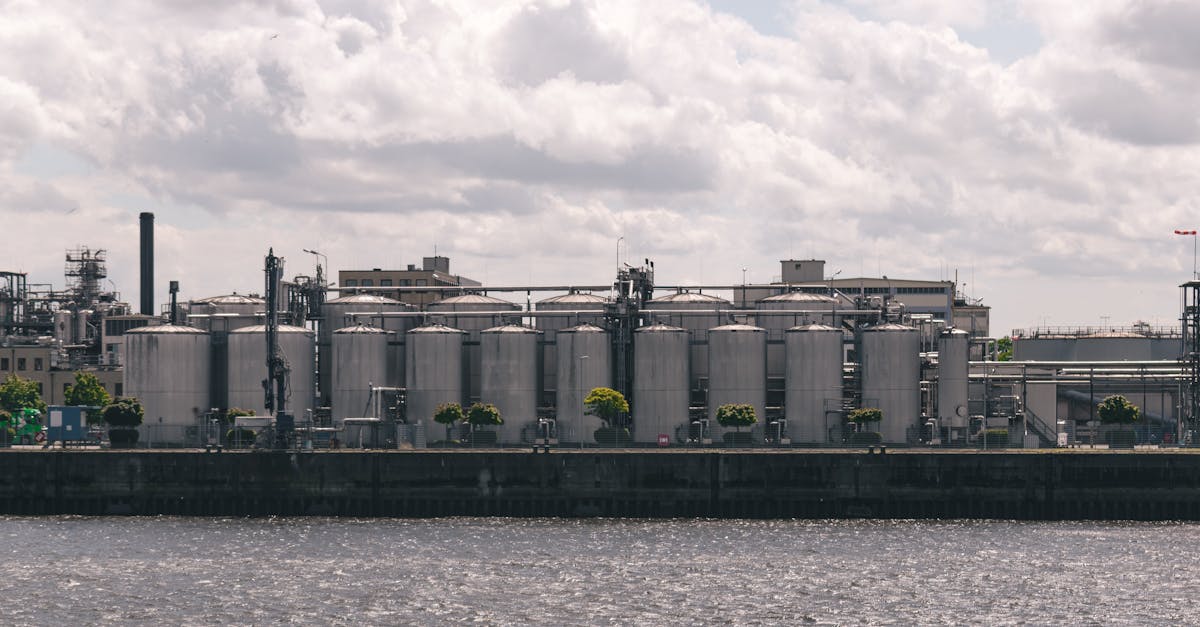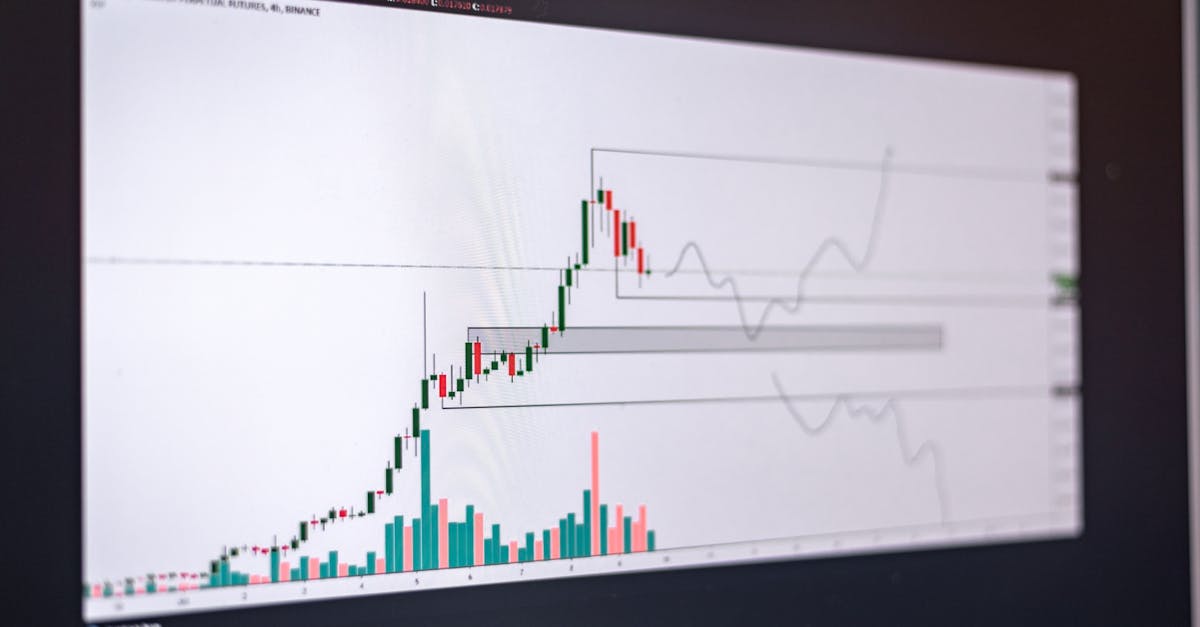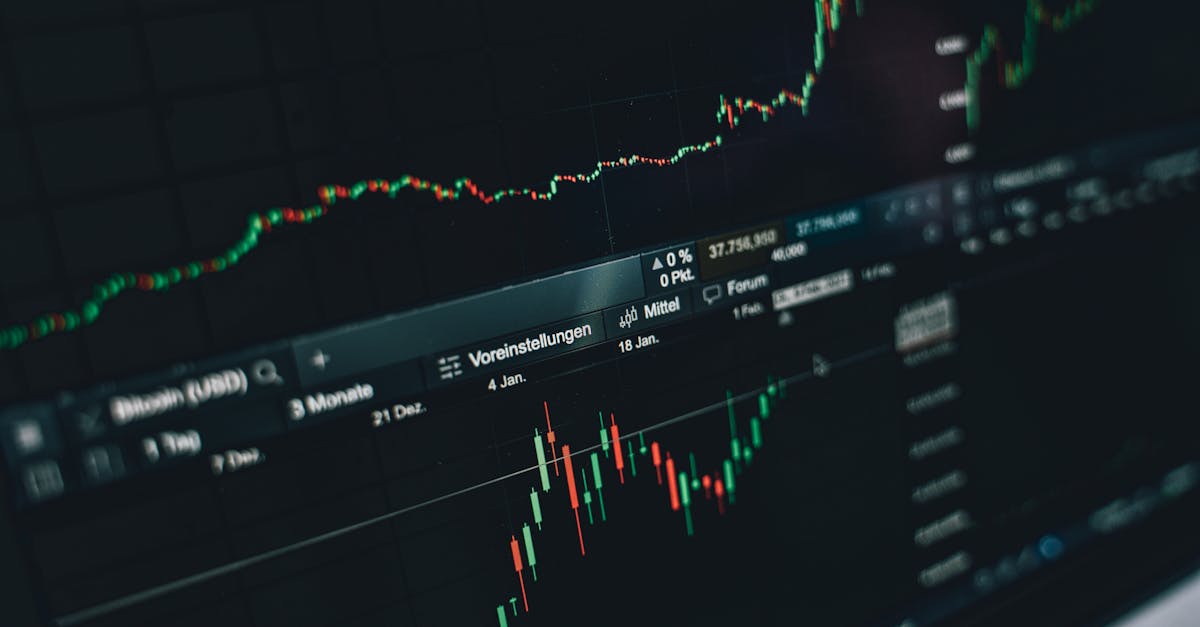Fiscal Future Gazing Unpacking Economic Trends 2023
Introduction
The financial landscape is an ever-evolving tapestry woven by complex economic factors and shifting global paradigms. As we set our sights on the horizon of fiscal future gazing, we are challenged to interpret the signals emanating from financial markets and policy fronts. In a world marked by rapid technological advancements and unpredictable geopolitical events, economic forecasting has become a critical skill for governments, businesses, and individuals alike. Understanding the trends and emerging dynamics can empower decision-making and strategic planning. As we peer into tomorrow's economy, we strive to unravel the mysteries that will define our financial future. Fiscal future gazing is not merely a speculative exercise but a crucial tool for navigating the economic tides of the 21st century.
Advertisement
The Current Economic Landscape
At the dawn of 2023, the global economy remains in a state of recovery from the challenges posed by the pandemic. Countries worldwide are grappling with disruptions in supply chains and labor markets, causing ripple effects across industries. Inflationary pressures, once thought transient, have lingered, prompting central banks to reevaluate their monetary policies. The landscapes of technology-driven markets and green transitions are redefining industries. Meanwhile, geopolitical tensions and international trade policies introduce further uncertainty, necessitating vigilance and adaptability in fiscal strategies. With such a complex web of influences, understanding the current economic landscape is a critical step in forecasting the future.
Advertisement
The Role of Technology in Economics
Technology has steadily become the backbone of modern economic growth and innovation. As digital transformation accelerates, emerging technologies like artificial intelligence, blockchain, and quantum computing redefine traditional business models. These advancements enhance productivity, streamline operations, and create new market opportunities, but also introduce challenges such as cybersecurity risks and job displacement. Digital currencies, a byproduct of technological evolution, disrupt traditional finance systems, prompting debates on regulation and implementation. Adapting to these technological shifts is crucial for businesses and policymakers striving to harness their potential in shaping a prosperous fiscal future.
Advertisement
Globalization and Its Impacts
Despite recent setbacks, including trade disputes and political nationalism, globalization continues to shape the economic terrain. Global supply chains, intertwined more than ever, face pressures from protectionist policies and regional conflicts. Yet, globalization has also fomented a new era of cross-border collaboration in areas such as climate change mitigation and healthcare. The challenge lies in striking a balance between safeguarding domestic interests and fostering international cooperation. As fiscal future gazers, evaluating globalization's impacts will inform strategies for maximizing economic benefits while mitigating potential risks.
Advertisement
Environmental Considerations in Fiscal Planning
The urgency of addressing environmental challenges compels countries to integrate sustainability into their fiscal strategies. The transition toward green economies involves investing in renewable energy, implementing carbon pricing mechanisms, and promoting sustainable practices across industries. Such measures not only align with global climate agreements but also present economic opportunities for growth and innovation. However, achieving a sustainable economy requires balancing environmental goals with economic resilience, ensuring that fiscal policies support both planetary health and prosperity.
Advertisement
Demographic Shifts and Economic Implications
As demographics evolve, they significantly impact economic development and fiscal policies. Aging populations in developed countries necessitate reevaluation of pension systems and healthcare structures, while youth-driven markets in developing regions promise vibrant economic growth. Urbanization trends, marked by increasing movement toward cities, elevate demands for infrastructure development and housing. These demographic changes present both opportunities and challenges, prompting policymakers to tailor strategies that accommodate the shifting needs and harness potential demographic dividends in the fiscal forecast.
Advertisement
The Influence of Geopolitics
Geopolitical dynamics frequently play a pivotal role in shaping global economic trends. Political instability, trade embargoes, and diplomatic negotiations exert influence on markets and investor confidence. The recent rise of regionalism and shifting alliances have added layers of complexity to international trade and cooperation. Geopolitical risks call for agile fiscal strategies that anticipate potential disruptions and leverage opportunities presented by diplomatic outcomes. Anticipating how these developments might steer the course of economic futures is essential for those engaged in fiscal future gazing.
Advertisement
The Power of Data Analytics
In the modern era of big data, harnessing analytics has revolutionized economic forecasting. Vast datasets combined with sophisticated analytical models offer enhanced precision in predicting future market trends and consumer behaviors. Businesses and government bodies alike are utilizing data-driven insights to inform decision-making and optimize resource allocation. However, ethical considerations regarding data privacy and accuracy need to be factored into these applications. As data becomes the lifeblood of modern economies, its strategic use is instrumental in painting an accurate picture of the fiscal future.
Advertisement
Challenges and Opportunities Ahead
The journey toward fiscal future gazing is replete with challenges and opportunities. Economic inequalities, exacerbated by the digital divide and access disparities, necessitate policies promoting inclusive growth. Innovation and entrepreneurship, driven by economic reconfigurations, provide avenues for job creation and improved livability. Yet, the susceptibility to external shocks, such as pandemics and financial crises, remains an ever-looming threat. Navigating these complexities demands foresight, adaptability, and collaboration across sectors, ensuring that the path charted leads to prosperity for nations and their citizens.
Advertisement
Conclusion
Fiscal future gazing involves a comprehensive exploration of economic, technological, environmental, and geopolitical trends. By understanding these dynamics, we can position ourselves to capitalize on emerging opportunities and mitigate potential risks. The pursuit of sustainable, inclusive, and resilient economic growth relies heavily on informed decision-making and proactive policy planning. As we look forward to the fiscal journey ahead, collaboration and innovative thinking will pave the way for a prosperous and equitable economic future. With the right tools and insights, we can navigate the uncertainties and chart a course toward financial stability and sustainability.
Advertisement








